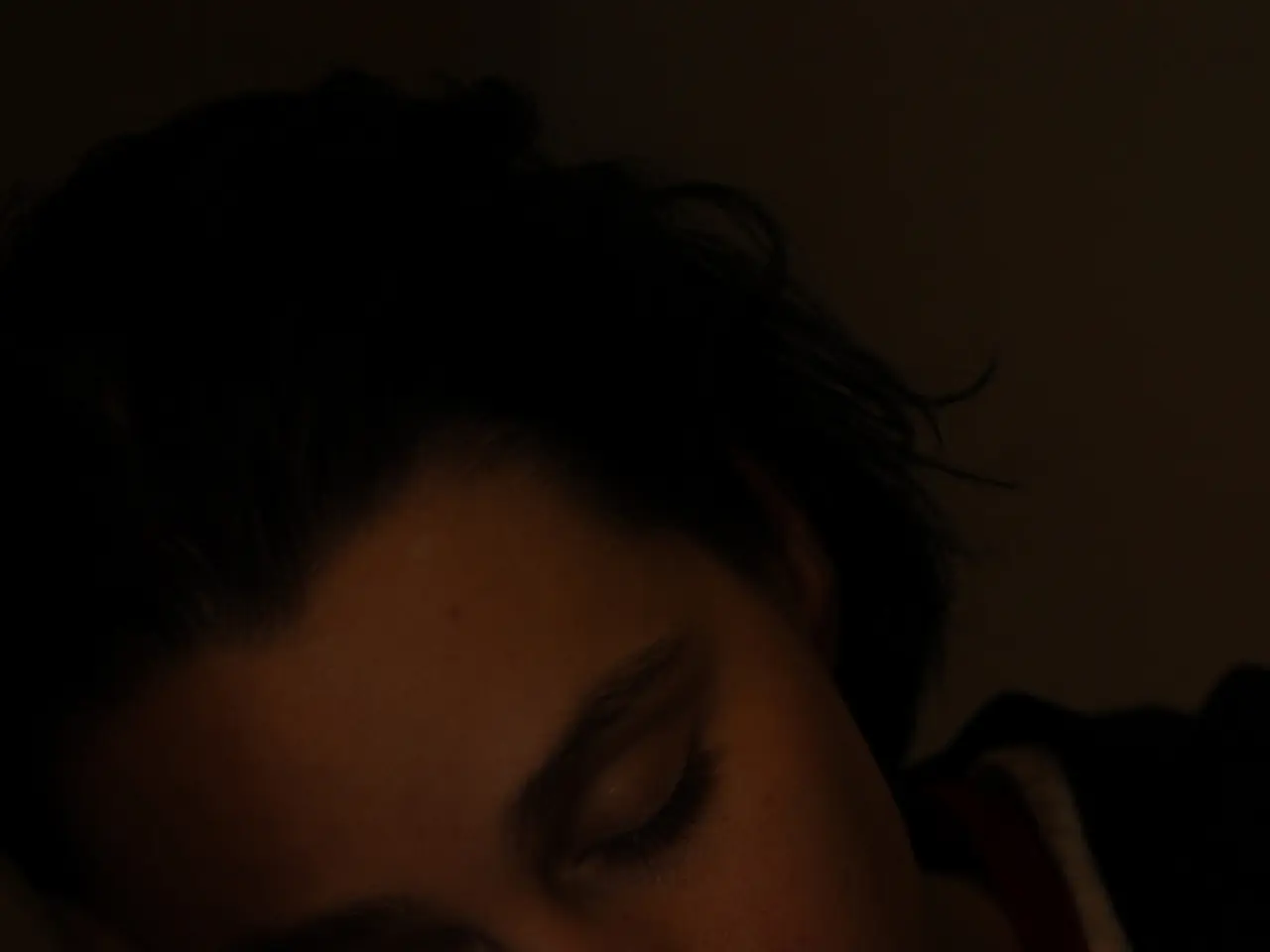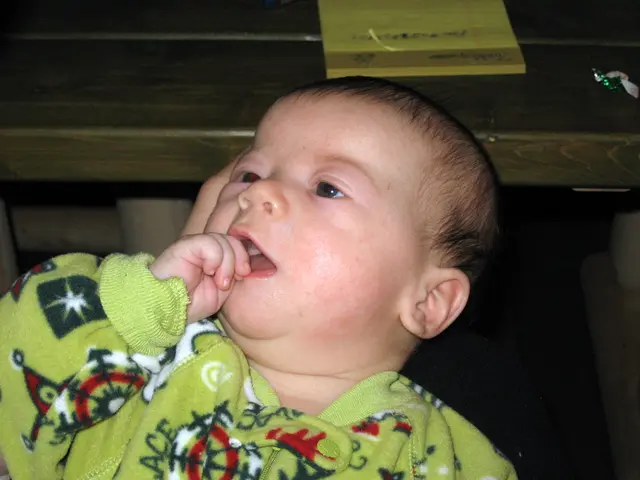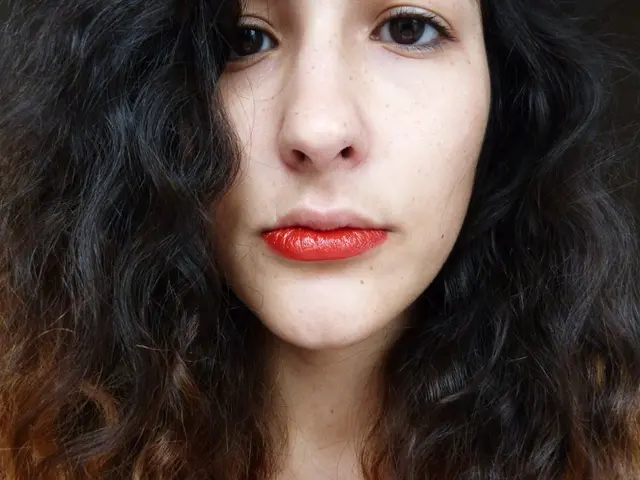Sleep apnea indicators: Categories, identification, and remedies
Sleep apnea, a condition that disrupts a person's breathing during sleep, can have two main forms: Obstructive Sleep Apnea (OSA) and Central Sleep Apnea (CSA). Both types require different approaches for treatment.
For Obstructive Sleep Apnea (OSA), the most common treatment is the Continuous Positive Airway Pressure (CPAP) device. These machines use a mask and hose to deliver a constant stream of air into the airways, keeping them open during sleep [1][3][4]. Oral appliances, which are dental devices that help keep the airway open by repositioning the jaw or tongue, are also used, particularly for mild to moderate cases where CPAP is not tolerated [3][4].
Surgical options are another avenue for OSA treatment. Various procedures can modify the airway structure to improve airflow. These include procedures on the nose, throat, or jaw, and are typically considered for severe cases or when other treatments fail [1][3]. Hypoglossal nerve stimulation, which involves implanting a device that delivers electrical pulses to the hypoglossal nerve, is another treatment option. This helps keep the airway open during sleep, with Inspire therapy being a well-known example [1][2].
Central Sleep Apnea (CSA) treatment focuses on addressing the underlying cause. Bi-Level Positive Airway Pressure (BiPAP) devices, which deliver two different pressures for inhalation and exhalation, helping manage breathing patterns in CSA, are often used [4]. Adaptive Servo-Ventilation (ASV), a therapy that adjusts airflow in response to a patient's breathing, providing support when needed, is also prescribed for CSA [4]. Phrenic nerve stimulation, which involves implanting a device that stimulates the phrenic nerve to control the diaphragm, helping regulate breathing in CSA, is another treatment option [2].
In children, surgery can treat OSA. Diagnosis of sleep apnea often involves polysomnography, a test that measures brain waves, blood oxygen levels, leg and eye movements, heart rate, and breathing [2]. The severity of OSA depends on the number of obstructive apneas per hour of sleep: mild (at least 5), moderate (at least 15), severe (at least 30) [2].
Symptoms of both OSA and CSA can include fragmented sleep, daytime sleepiness and fatigue, insomnia, loud snoring, and interrupted breathing at night [1][2]. In adults, the most common treatment for OSA is CPAP [2]. If a doctor suspects CSA, they will order polysomnography, though they may need a range of other tests [2]. If polysomnography reveals a certain number of obstructive apneas per hour of sleep, it can confirm a diagnosis of OSA [2]. If a person with a history of heart failure experiences at least 15 apneas per hour of sleep, and half are central apneas, the doctor may diagnose CSA [1].
In summary, treatments for sleep apnea can vary greatly depending on the type and severity of the condition. Always consult a healthcare professional for accurate diagnosis and treatment options.
[1] Mayo Clinic. (2021). Obstructive sleep apnea. https://www.mayoclinic.org/diseases-conditions/obstructive-sleep-apnea/diagnosis-treatment/drc-20372546 [2] NHS. (2021). Sleep apnoea. https://www.nhs.uk/conditions/sleep-apnoea/ [3] Cleveland Clinic. (2021). Sleep apnea. https://my.clevelandclinic.org/health/diseases/16797-sleep-apnea [4] American Sleep Apnea Association. (2021). Understanding sleep apnea. https://www.sleepapnea.org/understanding-sleep-apnea/
- In instances of Obstructive Sleep Apnea (OSA), treatments can include the Continuous Positive Airway Pressure (CPAP) device, oral appliances, surgical options like airway structure modification, and hypoglossal nerve stimulation with Inspire therapy.
- Central Sleep Apnea (CSA) treatment often focuses on addressing the underlying cause, using Bi-Level Positive Airway Pressure (BiPAP) devices, Adaptive Servo-Ventilation (ASV), or phrenic nerve stimulation.
- In children, surgery can be used to treat OSA, and the diagnosis process usually involves polysomnography, a test measuring various physiological functions during sleep.
- Both OSA and CSA can present symptoms such as fragmented sleep, daytime sleepiness and fatigue, insomnia, loud snoring, and interrupted breathing at night, and are associated with a range of medical-conditions, chronic-diseases, mental-health issues, and cardiovascular-health concerns. To ensure proper diagnosis and treatment, always consult a healthcare professional.




